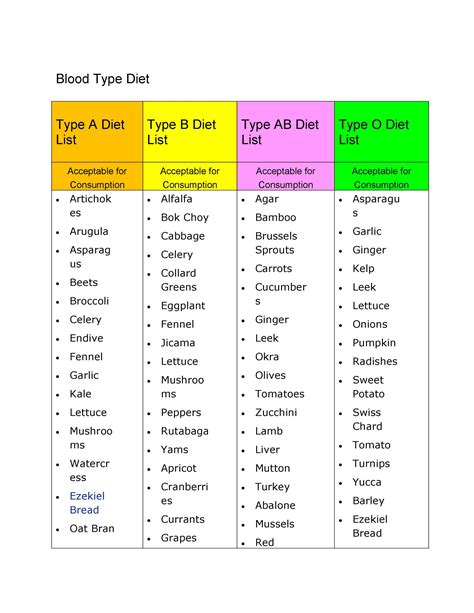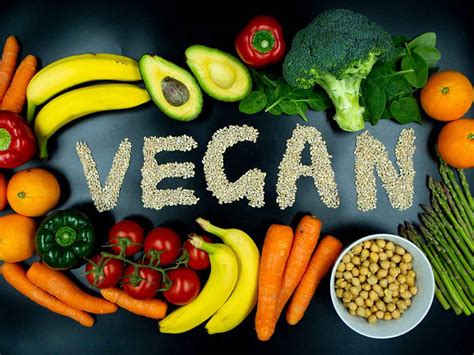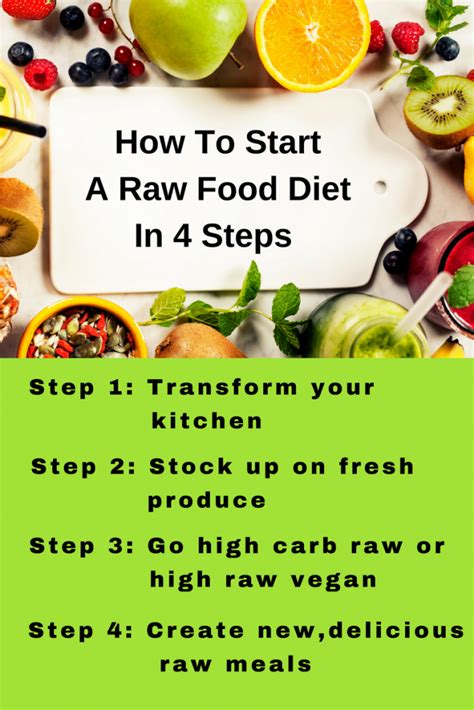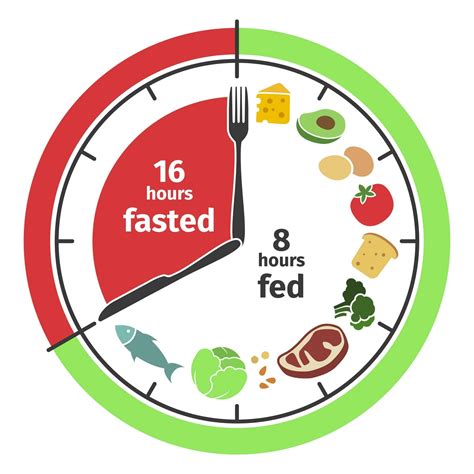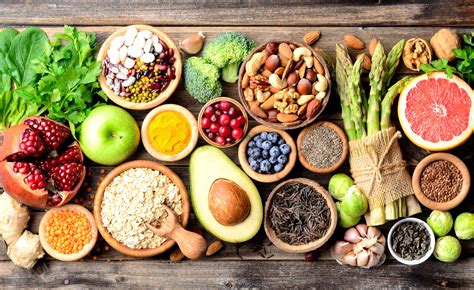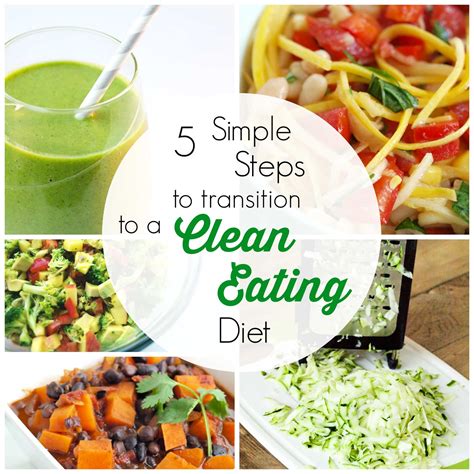Discover the risks of high sodium intake, learn to identify and avoid high-sodium foods, explore low-sodium alternatives, and create a personalized low-sodium meal plan. Monitor and adjust sodium intake for better health.
Understanding the Risks of High Sodium Intake
Contents
High sodium intake can lead to numerous health risks, including high blood pressure, heart disease, stroke, and kidney damage. When the body has too much sodium, it holds onto water, causing an increase in blood volume. This puts added pressure on the heart and blood vessels, leading to hypertension and an increased risk of cardiovascular disease.
Additionally, high sodium intake can have negative effects on the kidneys. The kidneys play a crucial role in maintaining a balance of sodium in the body, and when sodium levels are too high, the kidneys may not be able to function properly. This can lead to kidney stones, kidney disease, and reduced kidney function.
It’s important to be aware that excessive sodium consumption can also have an impact on bone health. High levels of sodium can cause the body to lose calcium, which is essential for maintaining strong bones. Over time, this can lead to a higher risk of developing osteoporosis, a condition characterized by weak and brittle bones.
Furthermore, a high-sodium diet is linked to an increased risk of stomach cancer. Research has shown that consuming large amounts of salt can damage the stomach lining, which may contribute to the development of stomach ulcers and, ultimately, gastric cancer.
Identifying High-Sodium Foods to Avoid
When following a low-sodium diet, it is crucial to be mindful of the foods that are high in sodium. High-sodium foods can increase blood pressure and put individuals at risk for heart disease, stroke, and other health complications. It is important to be aware of these high-sodium foods and make informed choices about what to avoid.
Some of the common high-sodium foods to look out for include processed meats such as bacon, ham, and deli meats. These products are often cured or preserved with sodium to extend their shelf life, resulting in a high sodium content. Additionally, canned soups, sauces, and condiments are known for their high sodium levels. Many of these products contain added salt as a preservative and flavor enhancer.
Another source of high sodium in the diet is fast food and restaurant meals. These foods are often loaded with sodium to enhance their taste and prolong their shelf life. Even seemingly healthy options like salads or grilled chicken sandwiches can be high in sodium due to added dressings or seasoning blends.
Convenience foods such as frozen meals, instant noodles, and snack items like chips and pretzels are also high in sodium. These products are designed for convenience and often contain high amounts of sodium to improve taste and texture.
By identifying these high-sodium foods and avoiding them as much as possible, individuals can reduce their sodium intake and improve their overall health. It is important to read food labels and be mindful of portion sizes to make informed choices when it comes to sodium consumption.
Exploring Low-Sodium Alternatives
When following a low-sodium diet, it’s important to explore alternative options that are low in sodium but still delicious and satisfying.
One great alternative to using salt in cooking and meal preparation is to utilize fresh herbs and spices to add flavor. Herbs such as basil, oregano, and thyme can add a burst of flavor without the need for extra sodium. Spices like garlic powder, cumin, and paprika can also enhance the taste of your dishes without adding unnecessary sodium.
Another alternative is to incorporate citrus juices such as lemon or lime into your recipes. The tangy and zesty flavor of citrus fruits can help to enhance the taste of your meals without relying on salt.
Additionally, there are many low-sodium condiments available in the market, such as low-sodium soy sauce and vinegar. These can be used to add depth and flavor to your dishes without increasing your sodium intake.
By exploring these low-sodium alternatives, you can still enjoy delicious and flavorful meals without compromising your low-sodium diet.
Creating a Low-Sodium Meal Plan
When it comes to creating a low-sodium meal plan, the key is to focus on consuming foods that are naturally low in salt. By avoiding processed and pre-packaged foods, which are often high in sodium, you can significantly reduce your daily sodium intake. Instead, opt for fresh fruits and vegetables, whole grains, lean proteins, and unsalted nuts and seeds.
One way to plan your meals is to make a list of low-sodium foods that you enjoy and that are easy to prepare. This can include items such as brown rice, quinoa, spinach, broccoli, chicken breast, fish, and fresh fruit. Once you have your list, you can then use it to create a variety of delicious and low-sodium recipes that you can rotate throughout the week.
Another important aspect of creating a low-sodium meal plan is to pay attention to portion sizes. While certain foods may naturally be low in salt, consuming them in large quantities can still add up to a significant amount of sodium. Using smaller plates, measuring out servings, and being mindful of portion control can all help to keep your sodium intake in check.
Additionally, consider using herbs, spices, and other flavorings to enhance the taste of your meals without relying on salt. Experimenting with different seasonings can help you discover new and exciting ways to add flavor to your dishes, making it easier to stick to a low-sodium diet in the long run.
Monitoring Sodium Intake and Adjusting as Needed
When following a low-sodium diet, it is important to regularly monitor your sodium intake and make adjustments as needed. This can help ensure that you are staying within the recommended daily limit of sodium intake and are reaping the benefits of a low-sodium lifestyle.
One way to monitor your sodium intake is by reading food labels. Pay close attention to the sodium content of the foods you purchase and consume. Look for key phrases such as sodium-free, low-sodium, or no added salt. Be mindful of high-sodium foods and try to avoid them as much as possible.
In addition to reading food labels, keeping a food journal can also be helpful in monitoring sodium intake. This allows you to track the amount of sodium you are consuming each day and identify any patterns or habits that may be contributing to higher sodium levels in your diet.
As you monitor your sodium intake, be prepared to make adjustments as needed. This may involve finding low-sodium alternatives to your favorite foods, experimenting with new sodium-free seasonings, or even modifying your meal plan to include more low-sodium options.
Remember, everyone’s sodium needs are different, so it’s important to listen to your body and make adjustments accordingly. By regularly monitoring your sodium intake and making necessary adjustments, you can maintain a low-sodium diet and support your overall health and well-being.


